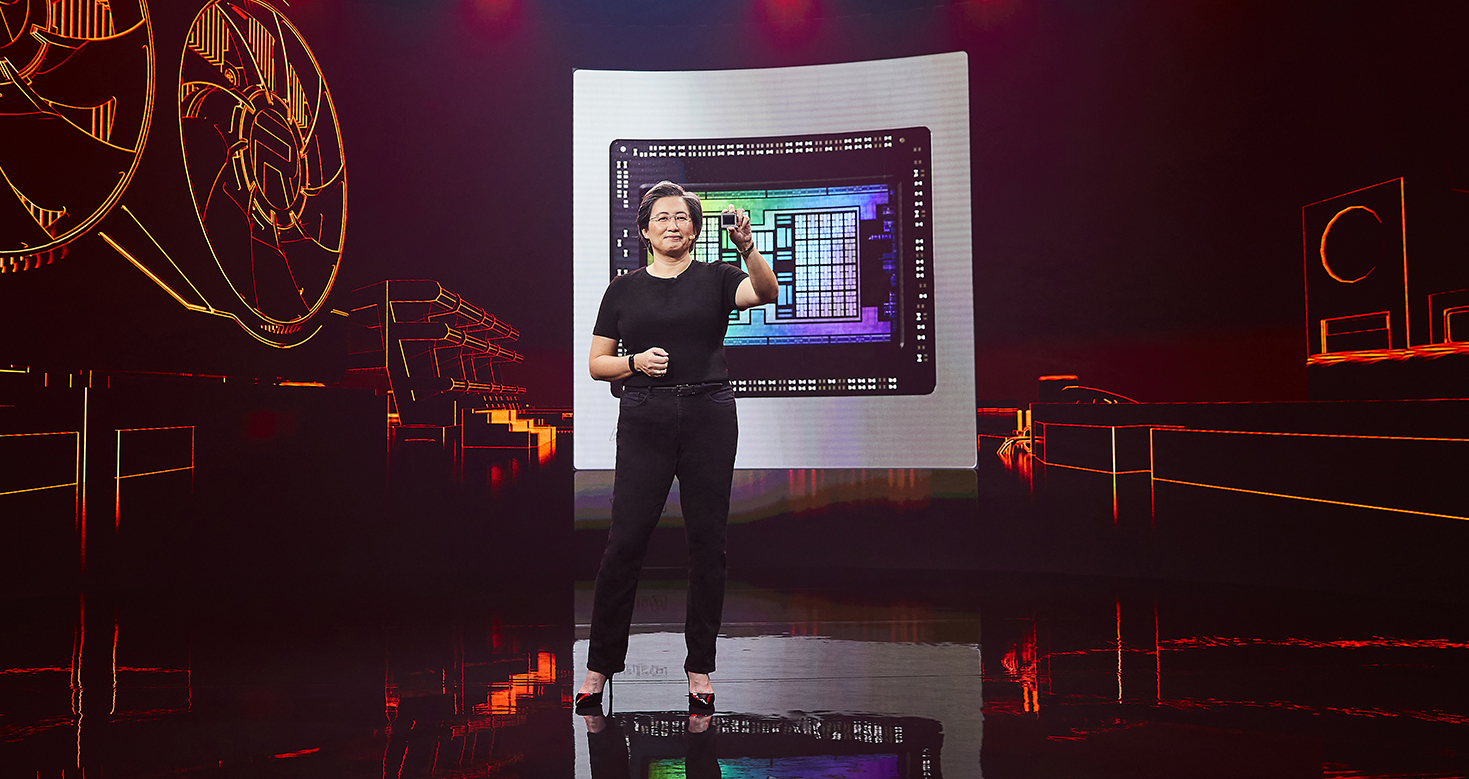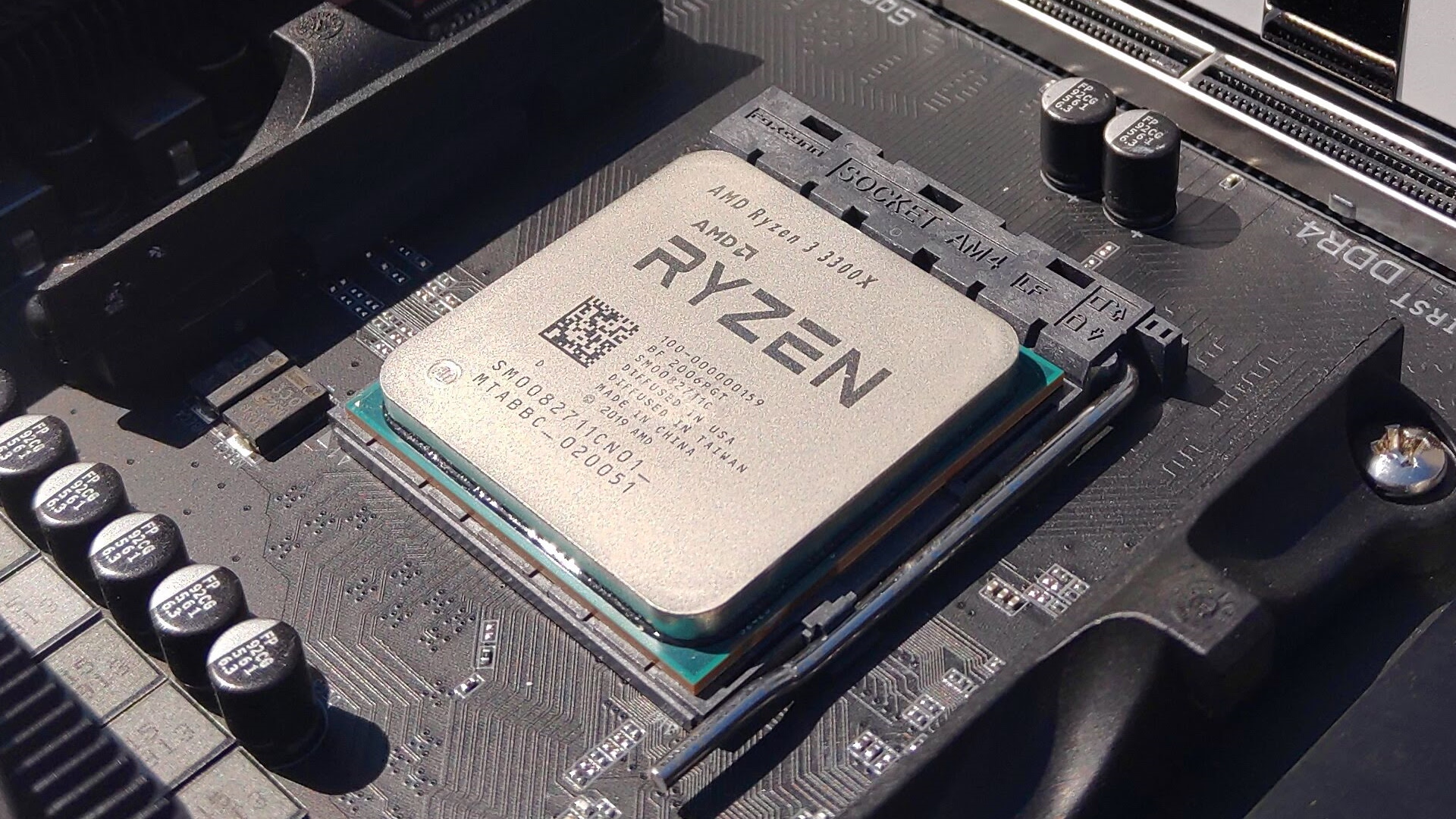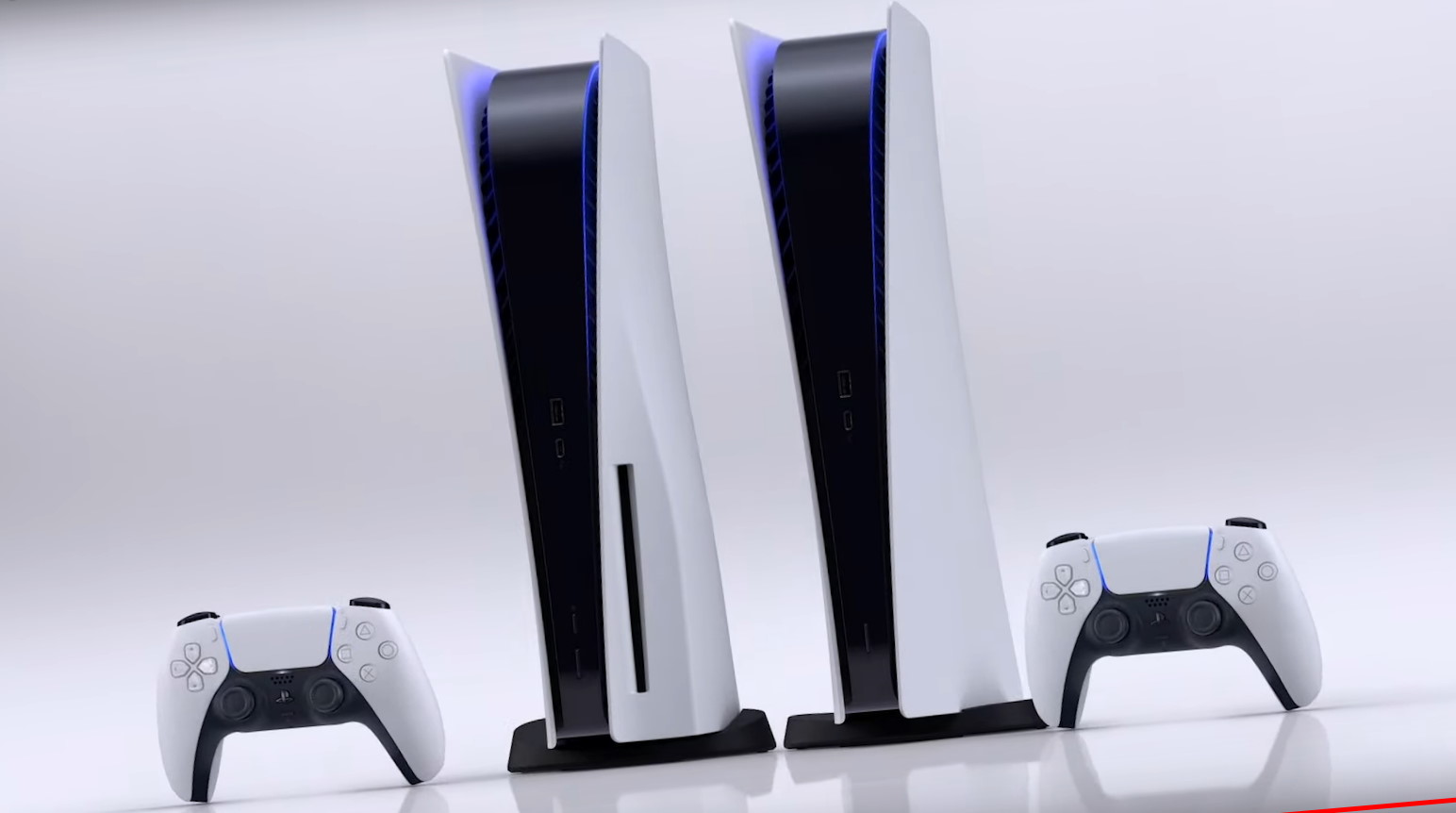The biggest PC gaming questions AMD needs to answer in 2021
AMD may have had a great 2020 but it'll need to keep up the momentum to really make its mark.

2020 was a good year for AMD. A really good year. It continued its impressive run on the CPU front with its Zen 3 architecture, giving us the likes of the Ryzen 9 5900X, which managed to steal the gaming crown from Intel. Not only that, it came out swinging in the graphics card space too, with the RDNA 2-powered AMD RX 6800 XT proving that it could square up against the competition's second-generation RTX graphics cards, like the Nvidia RTX 3080, and not instantly come away with a bloodied nose.

And what about AMD's rivals?
The questions Nvidia needs to answer in 2021
The questions Intel needs to answer in 2021
It didn't quite land a knock-out blow in either bout, but it's an easy points decision for its Zen 3 CPUs, and its GPU scrappiness gives it plenty of wins there too.
AMD is back. And taking the fight to the competition. And this leads to genuine choice in both CPUs and GPUs. In fact, it has a comfortable lead over Intel in CPU terms and that's not purely down to the improvements to its Zen architecture. Don't get me wrong, Zen 3 is stunning, and if you were to ask me to build a system right now, I'd definitely point to AMD's offerings. But AMD's lead is partly down to Intel's failings as well (particularly when it comes to moving to a smaller production process), and that's not something AMD can count on continuing.
AMD cannot rest on its laurels. This is just the start. It still has a lot to do if it's going to win out. But what does AMD need to really push forward? Here are the questions AMD needs to answer in the next twelve months.
How will AMD react to Intel Rocket Lake?
On the face of it, Intel's 11th-gen CPU family, codenamed Rocket Lake, isn't that worrying for AMD—a variant of the Sunny Cove architecture that can be found in its Ice Lake laptop CPUs backported to 14nm production process hardly instils fear. Yeah, you read that right, Intel is about to introduce yet another family of processors using its 14nm production process.
The expectation is that Rocket Lake represents a 10+ percent IPC improvement over Comet Lake, which will give Intel the lead over AMD once again. Not by a huge margin, but potentially enough to reclaim that 'best for gaming' moniker.
Still, Rocket Lake isn't expected to compete with the higher core counts that AMD already has, topping out at eight cores in fact. So AMD doesn't have too much to worry about on this front. Maybe AMD will release some XT variants of the new Zen 3 chips that can boast higher clock speeds in order to compete with the improved IPC of Rocket Lake.
Keep up to date with the most important stories and the best deals, as picked by the PC Gamer team.
Maybe it doesn't have to.
The Zen 3 and Rocket Lake architectures could be so close to each other in gaming that this doesn't really matter, and also it's not obvious that AMD has the potential inventory to even produce more chips anyway.
What Rocket Lake does bring to the table though, is support for PCIe 4.0, which is an area that AMD has enjoyed sole control over for the last two years. It's about time that Intel caught up here, and there is a slew of new drives that will make both platforms sing.
Again, this is Intel catching up with AMD, so it doesn't necessarily have to react particularly strongly. Maybe filling out its current stack with more affordable chips is all that's needed.

How much CPU market share can AMD grab from Intel?
You only have to look at market share to put AMD's current successes into perspective. Going by the Steam Hardware Survey (we'll go with the previous month's figures, as the most recent numbers are a little odd, to say the least), AMD has 25 percent of the CPU market and accounts for just 16 percent of GPUs in gaming machines. There are loads of caveats with this, and we don't really need to go into the minutiae, but the general vibe is clear—AMD is playing serious catch up in both areas.
In order to match its competitors, AMD needs to get its hardware into machines. This is something we have started seeing, with big system builders not just offering AMD alternatives, but actually launching new hardware with AMD front and centre. It's also a question of offering plenty of more affordable SKUs, so little Timmy can get in on the AMD action too.
AMD has launched its 'enthusiast' class hardware, but now needs to filter Zen 3 down to more affordable renditions that people can buy and that don't require a bank loan to do so. The halo hardware is still important, but it's actually the likes of the GTX 1660 that sells by the bucket load, not the RTX 3080. Likewise, it's all very well having a brilliant CPU like the Ryzen 5 5600X out there, but it's still a $300 chip, which is more than your average gamer is happy spending.
AMD needs a $100 Zen 3 CPU and a $200 graphics card if it really wants to win the hearts and minds of gamers. And given its recent bullishness that saw it add $50 onto the pricing of the initial Ryzen 5000 chips, I'm not convinced that is something it is interested in doing. Raising its average selling price (ASP) to show off to prospective investors is the name of the game right now. The fact that the likes of the excellent Ryzen 3 3300X sold out pretty much immediately, and are still incredibly hard to find, suggests that this isn't a focus for AMD.
If it wants to increase market share, AMD needs affordable options as well as the high-end. Get that right and we wouldn't be surprised to see AMD see a five or even ten percent improvement from where it is today.

Can AMD see more laptop wins for both CPUs and GPUs?
As we've said, AMD needs to get its hardware into more machines, and the laptop space is as vital as ever. AMD has made some impressive inroads with its Ryzen 4000-series laptop CPUs (the Asus Zephyrus G14 is an awesome laptop), but we're expecting even bigger things from its Zen 3 mobile chips. Improved efficiency and performance tend to go down well in mobile computing.
Getting RDNA 2 into laptops needs to be a focus too, though, if only to give us some competition against Intel's integrated offerings and Nvidia's total dominance in the gaming space.
Competition is essential to drive things forward, and for too long there just hasn't been enough of it. AMD is competing on the desktops, why not in laptops as well?
CES 2021 starts next week and the expectation is that we'll be seeing AMD CPUs in plenty of new laptops. What is less certain is whether we'll see any of its mobile GPUs.
Conversely, Nvidia's Ampere mobile GPUs are sure to put in a showing, which is possibly why AMD is going to have a hard time convincing laptop builders that it has the better option. We'll have to wait and see, but it's fair to say that its graphics arm still isn't quite on the same footing as its CPU division.

Will game development on AMD-based consoles help PC performance on its hardware?
AMD's hardware can be found powering the Xbox Series S/X and the PlayStation 5, so could this lead to games developed for those platforms having a performance advantage on PCs using AMD's hardware?
It's doubtful, but not out of the question.
There may be a few tricks that AMD can pull here to help, but these are likely to be small percentage improvements, which can be gobbled up by the raw performance that Nvidia offers, not to mention optimisations on the side of PC devs when it comes to it.
Remember us talking about market share? It makes sense for developers to ensure good optimisation on GeForce hardware given it makes up over 80 percent of the discrete graphics card market on PC.
For proof of this, you only need to remember that AMD's hardware powered the last-gen consoles as well, and no real advantage ever emerged there. Though admittedly the tech in those machines was already out of date in terms of its PC equivalent by the time they launched. There was the odd game here and there, sure, but nothing definitive.
There are other reasons for that too—the work required to move a game from a closed platform like a console to an open one, with myriad hardware configurations, like a PC, is not a simple task and a lot of the tightly focused, close to the metal optimisations on the consoles are lost.
Alan has been writing about PC tech since before 3D graphics cards existed, and still vividly recalls having to fight with MS-DOS just to get games to load. He fondly remembers the killer combo of a Matrox Millenium and 3dfx Voodoo, and seeing Lara Croft in 3D for the first time. He's very glad hardware has advanced as much as it has though, and is particularly happy when putting the latest M.2 NVMe SSDs, AMD processors, and laptops through their paces. He has a long-lasting Magic: The Gathering obsession but limits this to MTG Arena these days.


